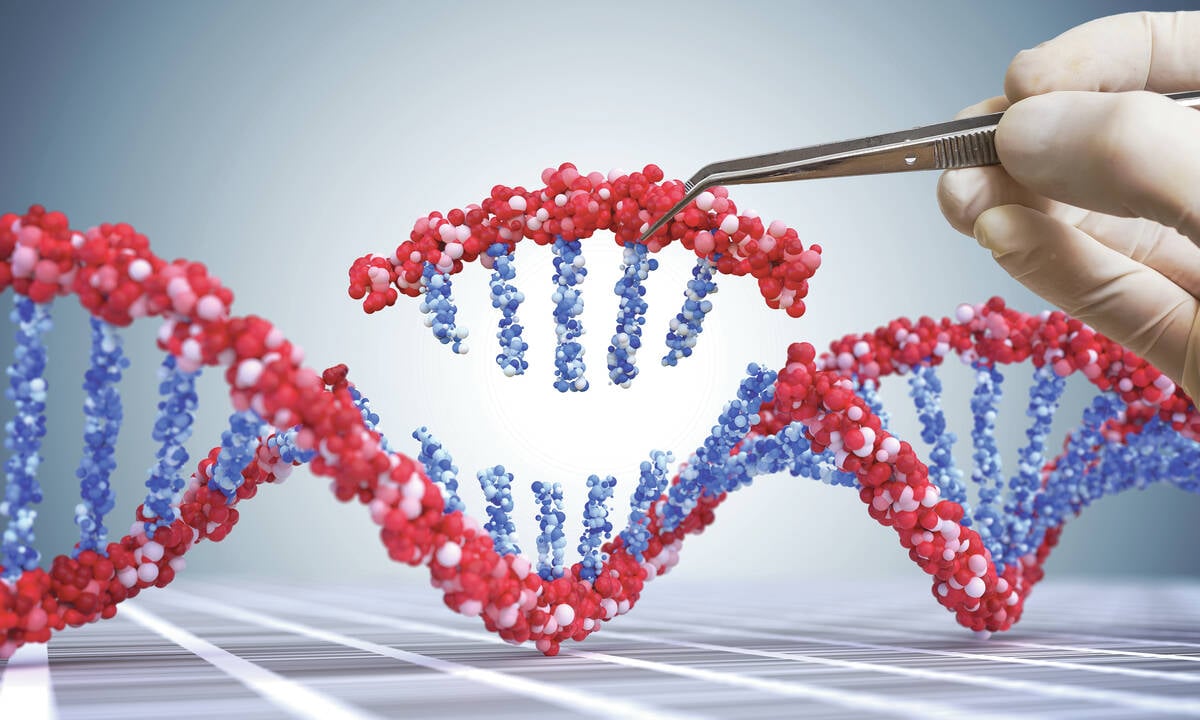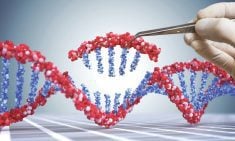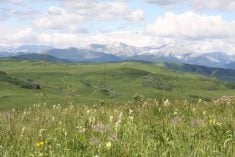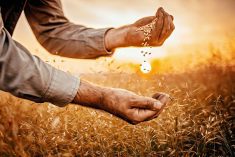New money is available for an old problem.
The Prairie Agricultural Machinery Institute will receive $122,000 for two new manure management projects – a technique to inject manure into alfalfa crops, and straw chopping technology that will allow manure to be pumped via pipeline from lagoon to field.
Saskatchewan agriculture minister Eric Upshall announced the funding April 6 in Humboldt, Sask.
An $89,014 project will involve shallow injection of liquid manure into standing alfalfa crops throughout the season. The Humboldt PAMI station will experiment with several incorporation strategies.
Read Also

Gene editing digs deeper space in Canadian plant breeding
More Canadian research into crop variety development is incorporating gene editing, and one researcher notes that Canada’s regulatory approach to gene editing will help drive innovation
Coulter systems offer the best hope for low disturbance application and PAMI staff will try several designs along with some more unique ideas.
“We don’t limit ourselves to thinking only of the conventional methods,” said PAMI station manager Jim Wassermann. “We will be exploring ideas that haven’t been used before.”
Gord Hultgreen, soils and crops manager at the Humboldt station, will head the alfalfa project that will focus on limiting odor and defining optimum application rates.
“We need to be able to provide the producer with reasonable numbers for field application,” said Hultgreen. “Too much manure is just like any fertilizer; you can burn your crop. Too little and you don’t get maximum benefit.
“So, we will look at equipment technique and application rates in the project.”
In recent years PAMI has spent $400,000 on developing equipment and techniques for hog manure handling. Strategies and equipment designs have included straw lagoon covers, injection technologies, manure agitators and hog manure pipelines.
Darrell Lischynski, PAMI’s energy and processing manager, will now turn his attention and $33,372 of Saskatchewan Agriculture money to the problem of chopping straw and waste into a consistency that can be pumped to farmer’s fields.
Irrigation pumps and injection machinery can get plugged when sucking in solids from lagoons.
Using available sewage handling equipment, Lischynski will try to convert it for the chopping and pump priming needed for hog manure.














